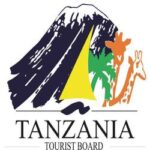Nyerere National Park
About Nyerere Park.
Discover the Heart of Tanzania's Wilderness
Nyerere National Park, formerly part of the vast Selous Game Reserve, is Tanzania’s largest national park and one of the most significant wildlife conservation areas in Africa.
Named after Julius Nyerere, Tanzania’s first president, this park offers a pristine wilderness experience, abundant wildlife, and breathtaking landscapes that attract nature enthusiasts and adventure seekers from around the world.
Key Highlights
Unmatched Wildlife Viewing
Nyerere National Park is home to a diverse array of wildlife. Visitors can expect to encounter:
- The Big Five: Lions, elephants, buffalo, leopards, and rhinos.
- Large Predator Populations: Including African wild dogs, cheetahs, and hyenas.
- Rich Birdlife: Over 440 bird species, including the rare Pels fishing owl, African skimmer, and various migratory birds.
- Aquatic Life: The Rufiji River is teeming with hippos and crocodiles, and the surrounding lakes and swamps support a variety of fish species.
Unique Safari Experiences
- Boat Safaris: Explore the Rufiji River and its intricate network of waterways. Boat safaris offer a unique perspective on wildlife and are perfect for spotting hippos, crocodiles, and water birds.
- Walking Safaris: Accompanied by experienced guides, walking safaris allow you to immerse yourself in the park’s natural beauty and learn about the smaller flora and fauna often missed during game drives.
- Classic Game Drives: Traverse the park’s varied landscapes in 4×4 vehicles. Game drives are the quintessential safari experience, offering close encounters with the park’s diverse wildlife.
Scenic Landscapes
Nyerere National Park boasts a variety of ecosystems, from dense miombo woodlands and open grasslands to lush riverine forests and swamps. This diversity creates stunning vistas and supports an incredible range of plant and animal life.
Best Time to Visit
The park can be visited year-round, but the best wildlife viewing is during the dry season from June to October when animals congregate around water sources. The wet season from November to May is ideal for bird watching, lush landscapes, and fewer tourists.
Accommodation
Nyerere National Park offers a range of accommodation options to suit different budgets and preferences:
- Luxury Lodges: Enjoy high-end comfort and stunning views at lodges like Sand Rivers Selous and Beho Beho.
- Tented Camps: Experience the thrill of sleeping under canvas in well-equipped tented camps such as Rufiji River Camp and Lake Manze Tented Camp.
- Budget Campsites: For a more rustic adventure, there are several campsites available where you can pitch your tent and experience the wild up close.
Getting There
- By Air: The quickest way to reach Nyerere National Park is by flying from Dar es Salaam or Zanzibar to one of the park’s airstrips. Scheduled and charter flights are available.
- By Road: For those seeking adventure, driving to the park is possible, though it involves a long journey through varying road conditions. The drive offers a chance to see more of Tanzania’s countryside.
Conservation Efforts
Nyerere National Park is committed to wildlife conservation and sustainable tourism. The park works with local communities and international organizations to protect its unique ecosystems and wildlife. By visiting the park, you contribute to these conservation efforts and help support the local economy.
Plan Your Visit
Embark on an unforgettable adventure in Nyerere National Park, where the wild heart of Tanzania awaits. Whether you’re exploring the park’s vast landscapes, encountering its majestic wildlife, or simply enjoying the tranquility of nature, Nyerere National Park promises an experience like no other.
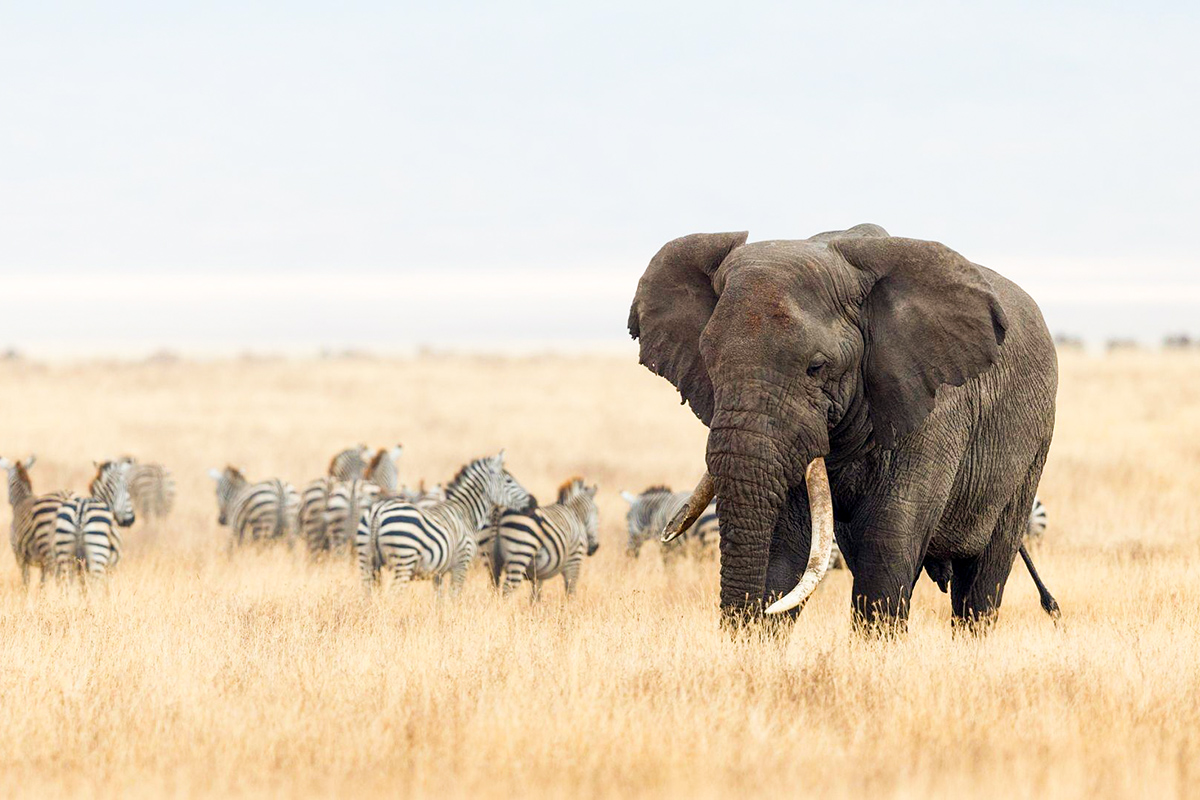
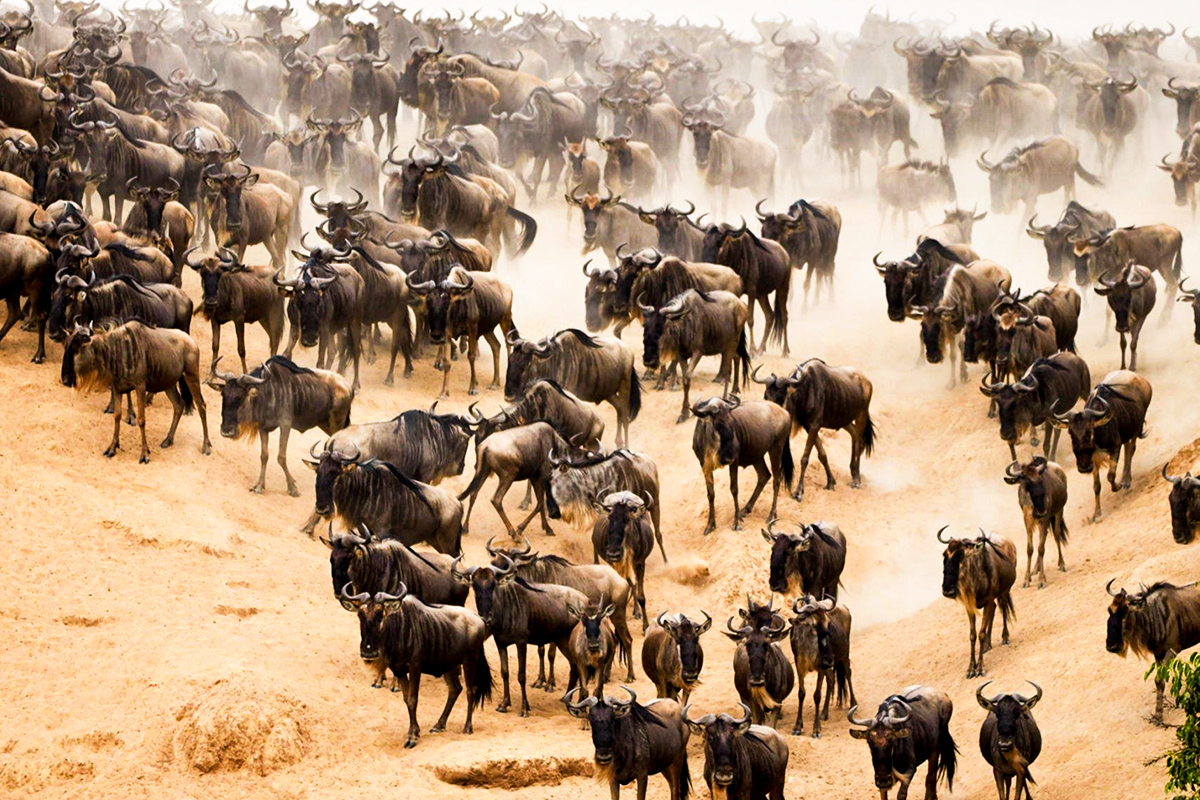
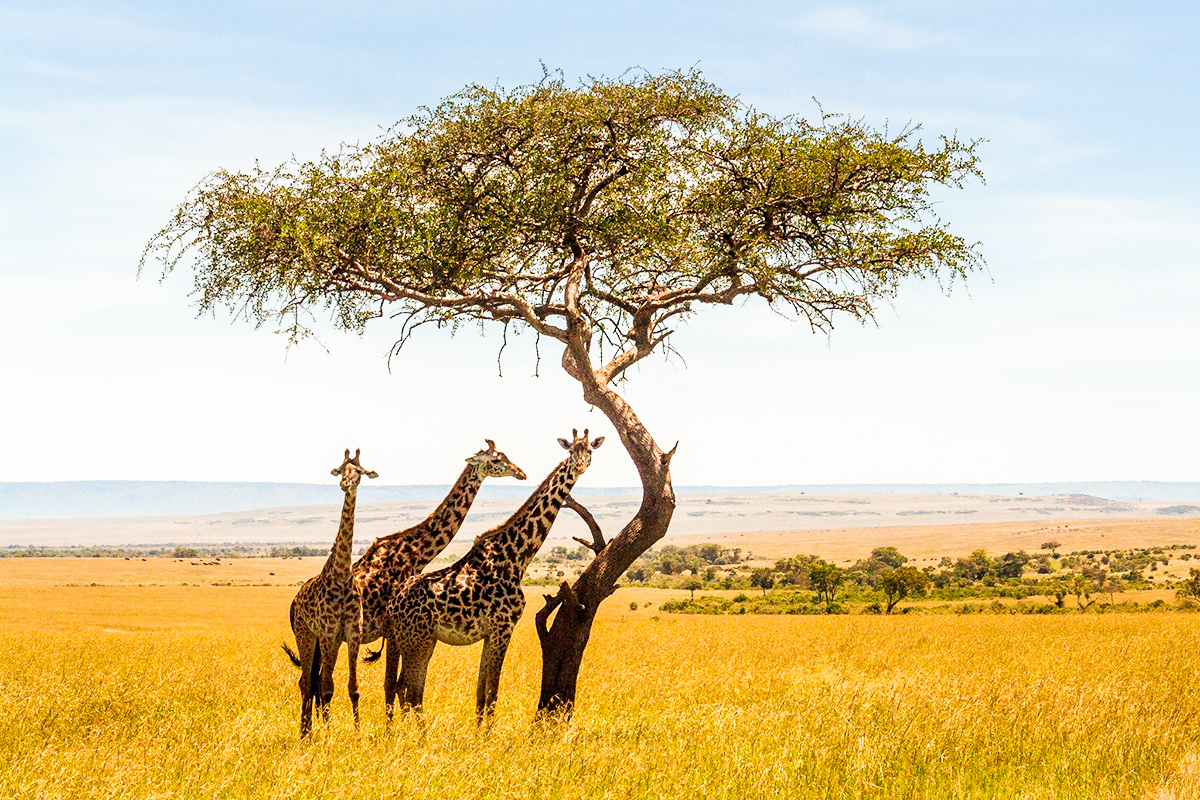
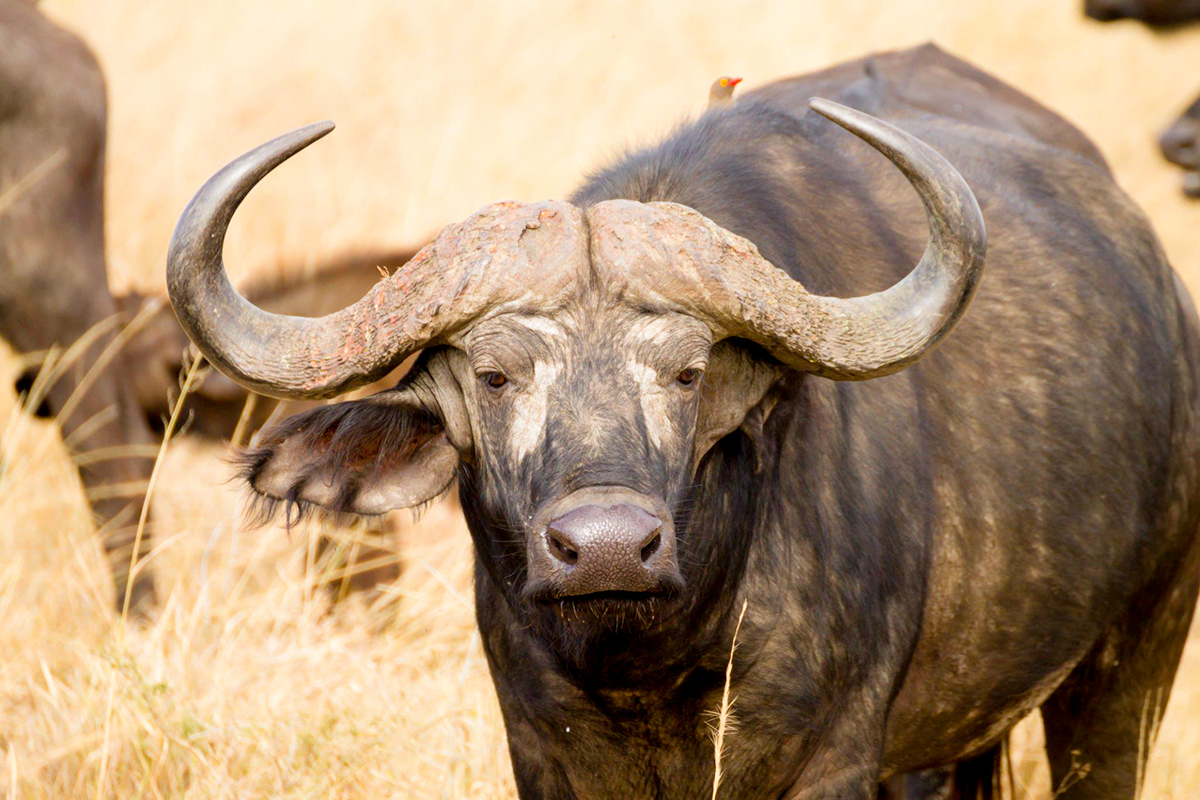
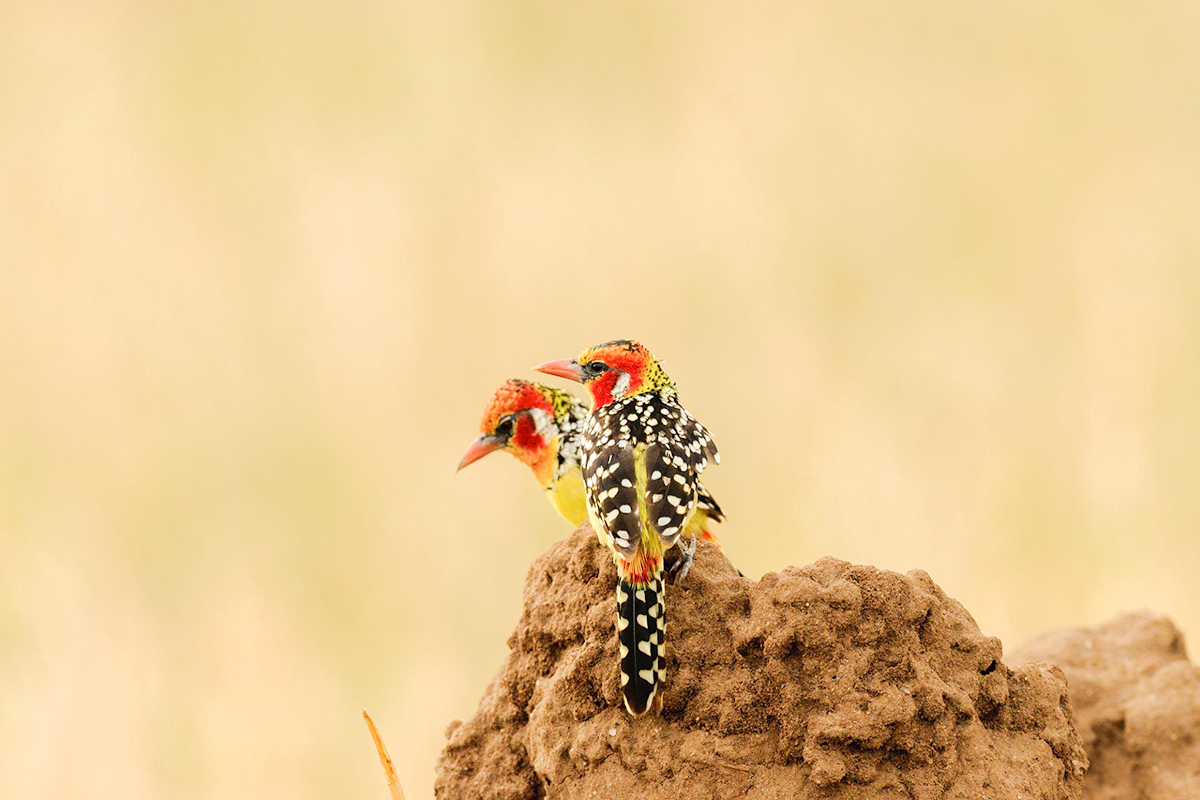
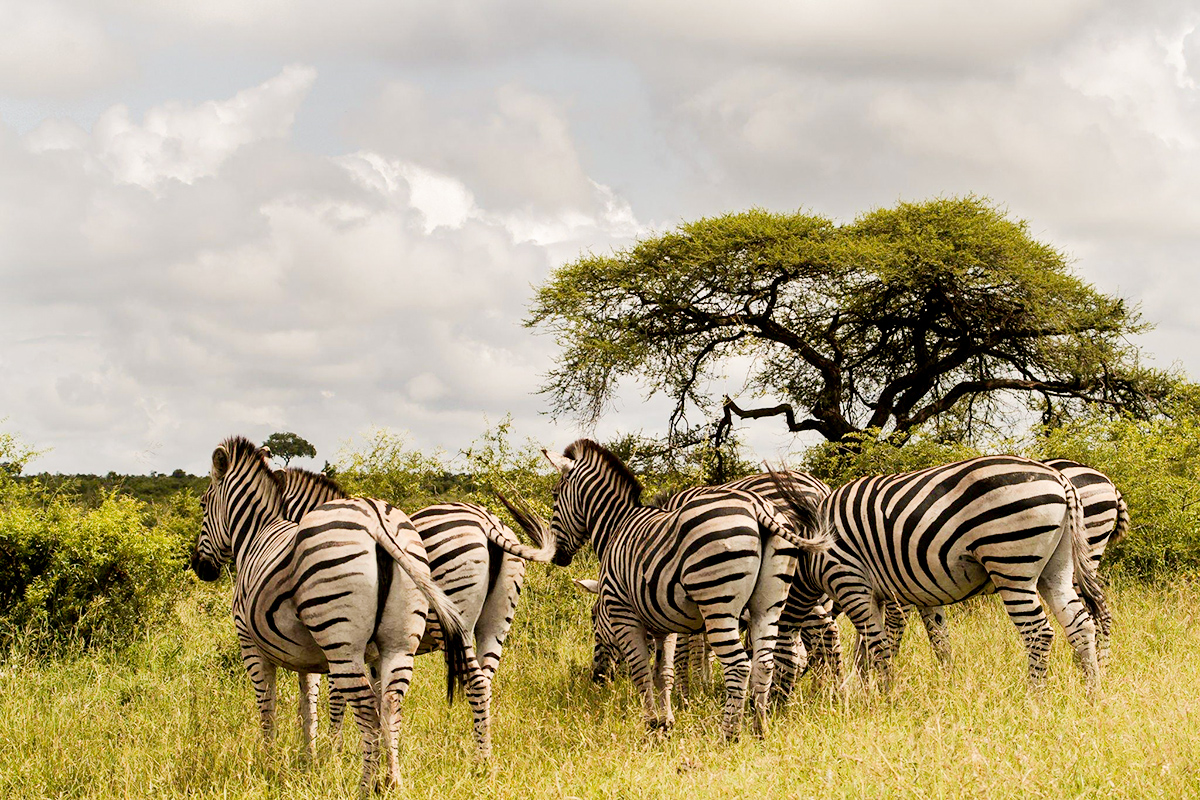
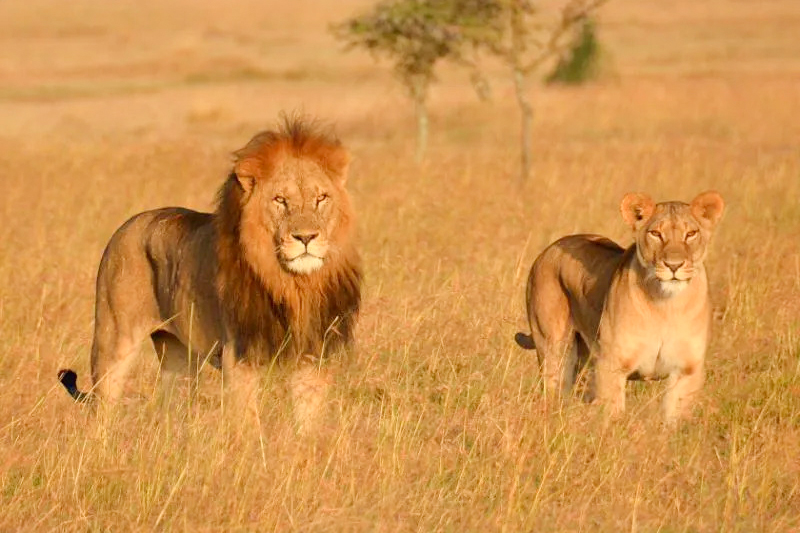
Our Partners



